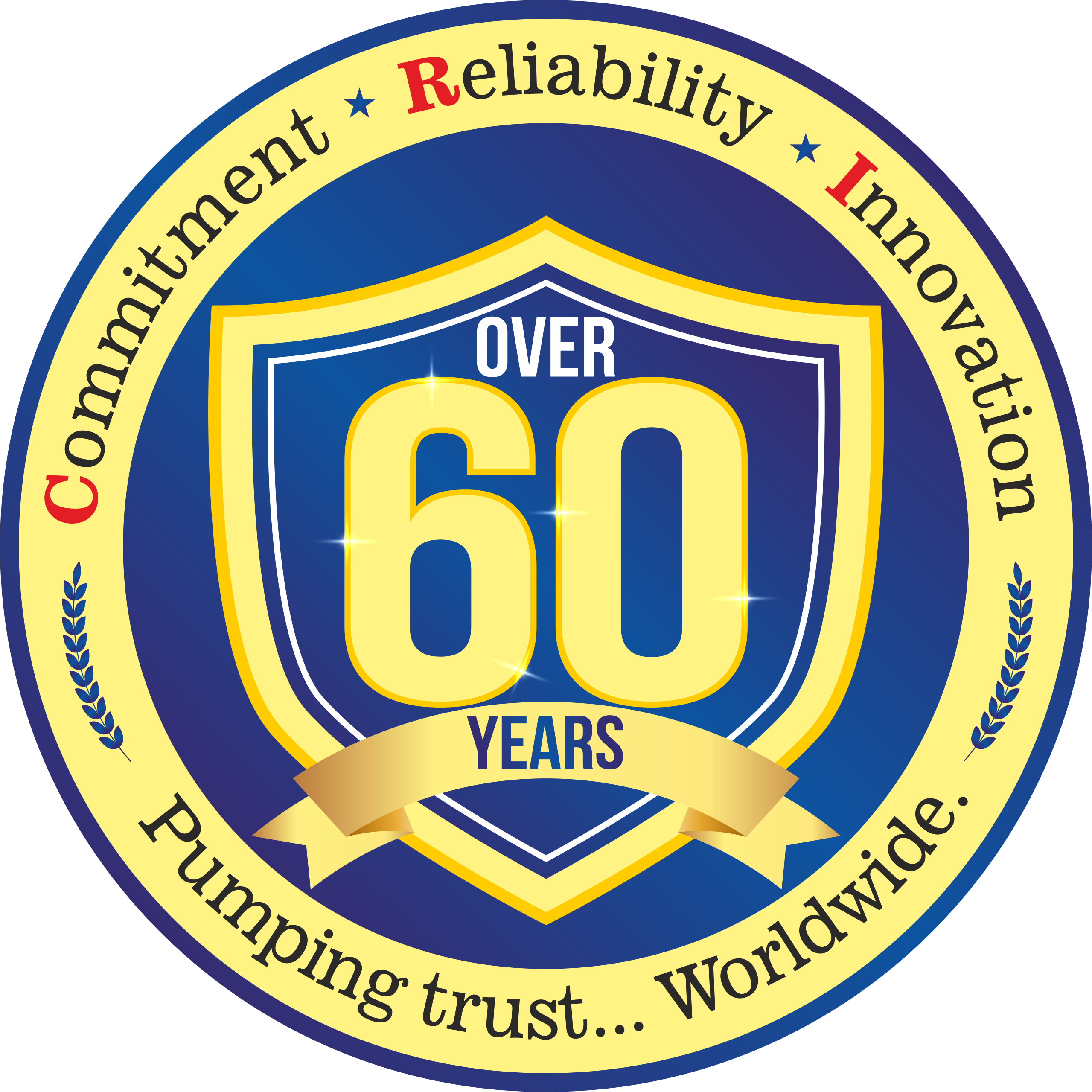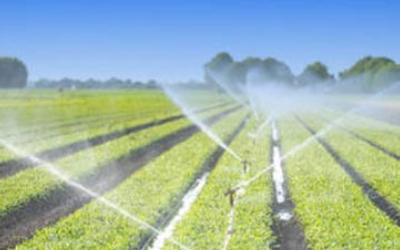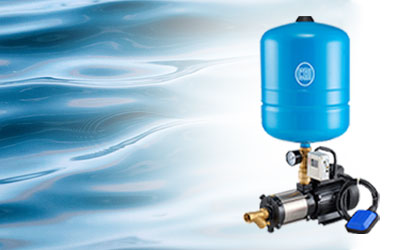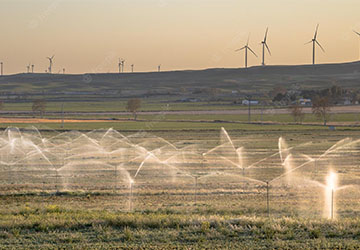The pump industry is undergoing a rapid transformation, driven by technological advancements and evolving market needs. From energy efficiency and IoT integration to AI advancements and digitization, the industry is embracing innovation to enhance performance, reliability, and sustainability. This comprehensive article will delve into the latest trends shaping the pump industry, providing insights into the exciting developments transforming how pumps are designed, operated, and maintained. The Impact of IoT on the Pump Industry The Internet of Things (IoT) is revolutionizing the pump industry, enabling pumps to become smarter and more connected than ever before. IoT technology allows pumps to be equipped with sensors and actuators, enabling real-time monitoring of various parameters such as pressure, temperature, and vibration. This data can then be analyzed to identify patterns, predict failures, and optimize performance. IoT also facilitates remote monitoring and control of pumps, enabling operators to access critical information and make informed decisions from anywhere in the world. The integration of IoT in the pump industry not only enhances efficiency and reliability but also enables proactive maintenance, reducing downtime and costly repairs. AI Advancements in the Pump Industry Artificial Intelligence (AI) is another trend that is reshaping the pump industry. AI algorithms can analyze vast amounts of data collected by sensors and provide valuable insights regarding pump performance, maintenance needs, and energy consumption. Machine learning algorithms can detect anomalies and predict potential failures, allowing for proactive maintenance and minimizing downtime. AI-powered software can also optimize pump operations by adjusting parameters in real time based on fluctuating conditions. Furthermore, AI can assist in pump design and optimization, enabling engineers to develop more efficient and reliable pumps through simulation and modeling. The integration of AI in the pump industry holds tremendous potential for improving efficiency, reducing costs, and enhancing overall performance. Digitization of Pump: Enhancing Performance and Maintenance Digitization is transforming the pump industry by enabling the seamless integration of pumps with digital systems and platforms. Through the use of advanced sensors, pumps can collect and transmit data regarding their performance, health, and operating conditions. This data can then be analyzed to identify trends, optimize performance, and detect potential issues before they escalate. Digitization also enables remote monitoring and control of pumps, allowing operators to access real-time information and make data-driven decisions. Additionally, the digitization of pumps facilitates the implementation of predictive maintenance strategies, ensuring optimal uptime and reducing the risk of unexpected failures. By embracing digitization, the pump industry can achieve higher efficiency, reliability, and productivity levels. The Rise of 3D Printed Pump 3D printing is revolutionizing the pump industry by enabling the production of complex and customized pump components with enhanced efficiency and precision. Traditional manufacturing methods often involve complex machining processes and long lead times, making it challenging to produce intricate pump parts. With 3D printing, pumps can be built layer by layer using various materials, including metals and polymers. This technology allows for the creation of highly intricate internal geometries, resulting in improved performance and efficiency. Furthermore, 3D printing enables rapid prototyping, reducing the time and cost associated with developing new pump designs. The rise of 3D-printed pumps opens up new possibilities for innovation, customization, and cost-effective manufacturing in the pump industry. Augmented Reality and Virtual Reality in the Pump Industry Augmented Reality (AR) and Virtual Reality (VR) technologies are finding applications in the pump industry, revolutionizing training, maintenance, and troubleshooting processes. AR overlays digital information onto the real world, allowing technicians to access relevant data and instructions in real time while working on pumps. This technology enhances efficiency, reduces errors, and enables faster and more accurate troubleshooting. VR, on the other hand, creates immersive virtual environments, enabling realistic simulations of pump operations and maintenance procedures. By using VR, operators can gain hands-on experience in a virtual setting, reducing the risk of accidents and improving overall competence. The integration of AR and VR in the pump industry is transforming the way professionals are trained and pumps are maintained, leading to improved safety, productivity, and reliability. Integrating Sustainability in the Pump Industry Sustainability is a growing concern in the pump industry, with a focus on reducing environmental impact and optimizing resource usage. As concerns about climate change and environmental sustainability continue to grow, industries are increasingly seeking ways to reduce their carbon footprint and optimize energy consumption. In the pump industry, this translates to developing and adopting energy-efficient technologies that minimize power consumption without compromising performance. Variable frequency drives (VFDs) are emerging as a popular solution, enabling pumps to adjust their speed based on demand, thereby reducing energy wastage. Additionally, the integration of smart control systems and sensors allows for precise monitoring and optimization of pump operations, further enhancing energy efficiency Pump manufacturers are also increasingly adopting eco-friendly materials and production methods to minimize waste and energy consumption. The integration of renewable energy sources, such as solar and wind, is also gaining traction, enabling pumps to operate using clean and sustainable power. Furthermore, sustainable pump designs incorporate features such as water-saving mechanisms and leak detection systems, ensuring responsible water usage and preventing wastage. The pump industry can contribute to a greener and more sustainable future by embracing sustainability.












